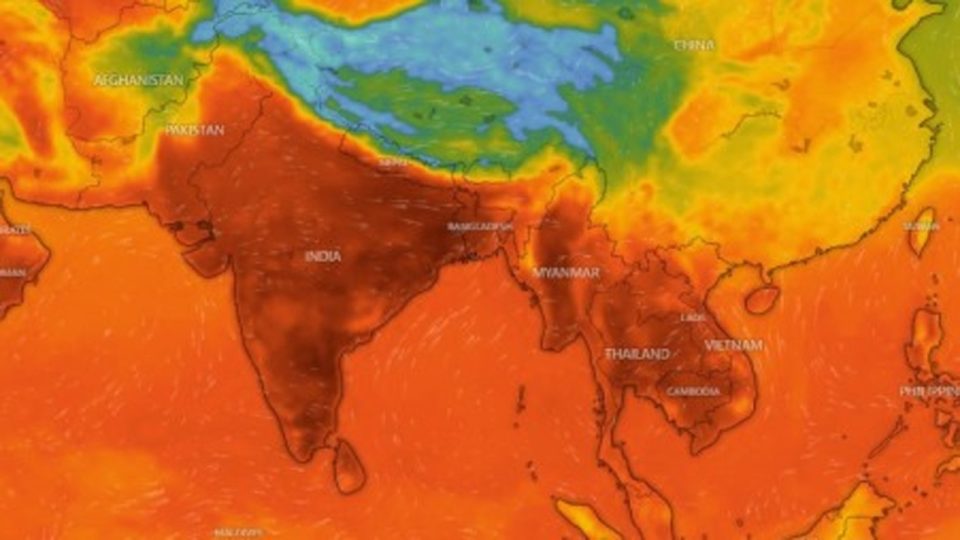As South Asia grapples with unprecedented heatwaves, the dire implications of climate change have become more tangible and distressing. Throughout the region, record-breaking temperatures have led to widespread suffering, significant agricultural disruptions, and a stark reminder of the escalating climate crisis.
The spring of 2024 has seen some of the highest temperatures ever recorded in South Asia, affecting daily life profoundly. India experienced its hottest March since records began in 1901, and April followed suit with soaring temperatures across Pakistan and India. These extreme conditions have triggered glacier bursts in Pakistan, devastating wheat crops in India, and severe electricity shortages due to heightened cooling demands.
Climate scientists have determined that such intense heatwaves are now 30 times more likely due to human-induced climate change. A study highlighted by Nature and Al Jazeera emphasizes the role of global warming in making these extreme weather events more frequent and severe. The early arrival of summer, compounded by delayed monsoon seasons, suggests a disturbing trend towards longer and harsher heatwaves according to UNEP.
The heatwave has had a profound impact on vulnerable populations, including the poor, elderly, and children, who are disproportionately affected due to inadequate access to cooling resources. In India, less than 10% of households have air conditioning, exacerbating the health risks associated with the extreme heat. Daily wage laborers, who lack the luxury of escaping the heat, face immense challenges in sustaining their livelihoods under such harsh conditions The agricultural sector, a cornerstone of South Asia’s economy, faces existential threats from the heatwave. The intense heat has hampered the planting and harvesting of wheat, leading to reduced yields and the imposition of export bans by India to manage its food security. This has had cascading effects on global wheat supply and prices. Moreover, the energy sector is under tremendous pressure as the demand for electricity skyrockets, leading to power outages and increased reliance on unsustainable fossil fuels.
Experts urge immediate action to adapt to these changing climatic conditions. Strategies include diversifying crop cultivation, improving water management for agriculture, and expanding access to cooling solutions. There is also a critical need to reduce greenhouse gas emissions comprehensively to mitigate the long-term impacts of climate change. National and international collaboration will be crucial in implementing these adaptive strategies effectively.
NASA’s observations confirm that heatwaves around the globe, including in South Asia, have become more intense due to human-induced climate change. These events are characterized by significantly higher temperatures, which are further exacerbated by environmental factors like El Niño. The data underscores that the increased frequency and severity of these heatwaves are a direct consequence of global warming, which has been making such extreme weather events up to 30 times more likely.
The ongoing heatwave in South Asia serves as a stark reminder of the urgent need to address climate change proactively. As temperatures continue to rise, the region must brace for more frequent and severe weather events, necessitating robust adaptation and mitigation efforts to safeguard its population, economy, and ecosystems. The global community must rally to support vulnerable regions, underscoring the interconnected nature of our environmental challenges and collective responsibility towards sustainable solutions.
Md Mahir Daiyan
Environment Researcher
